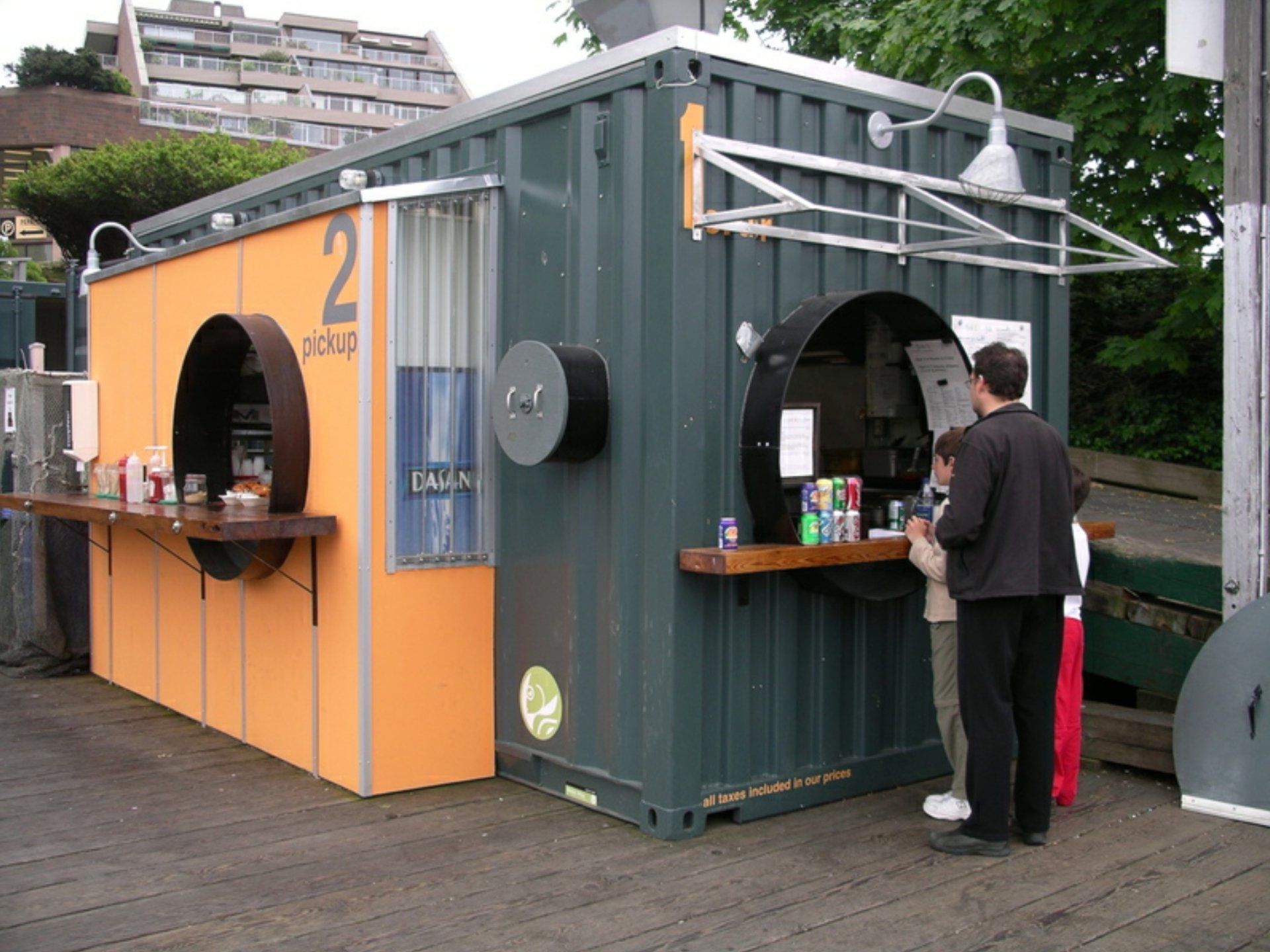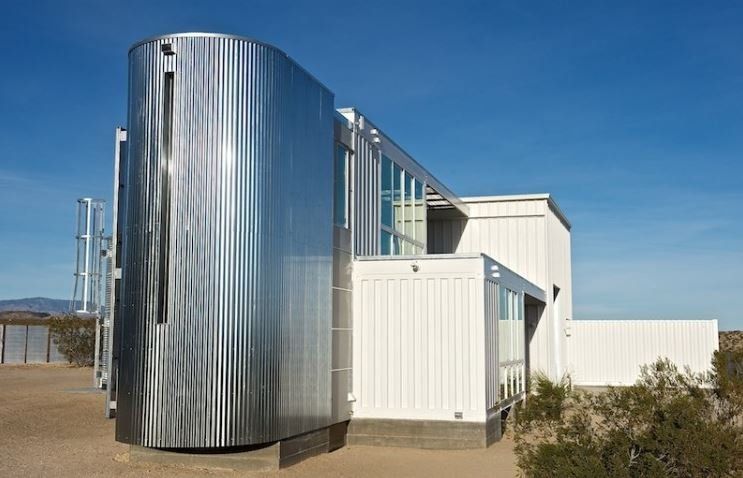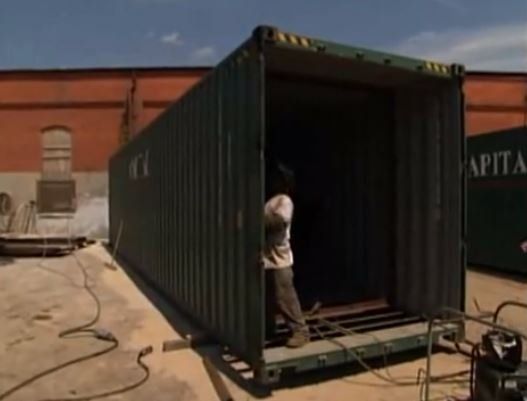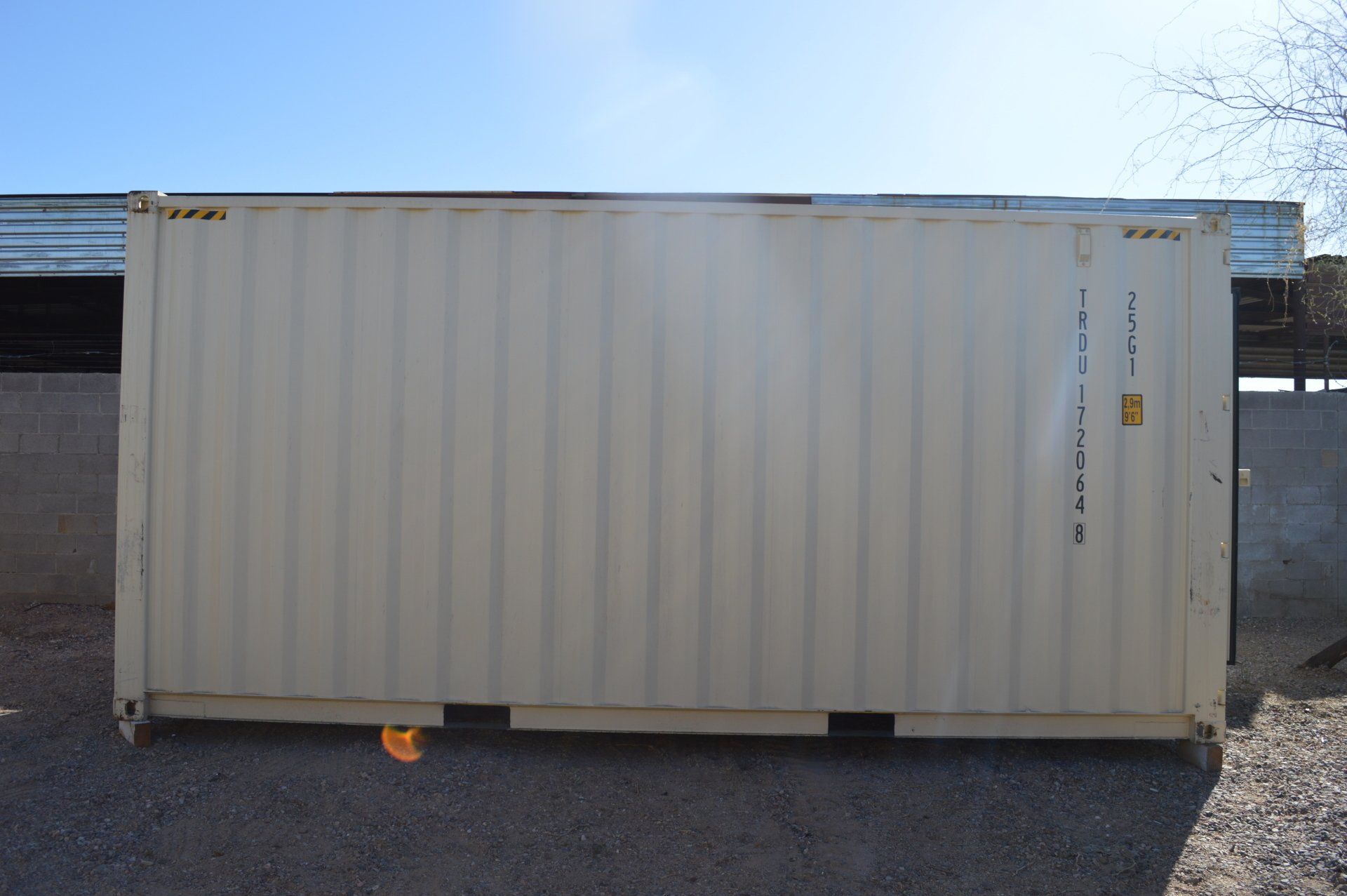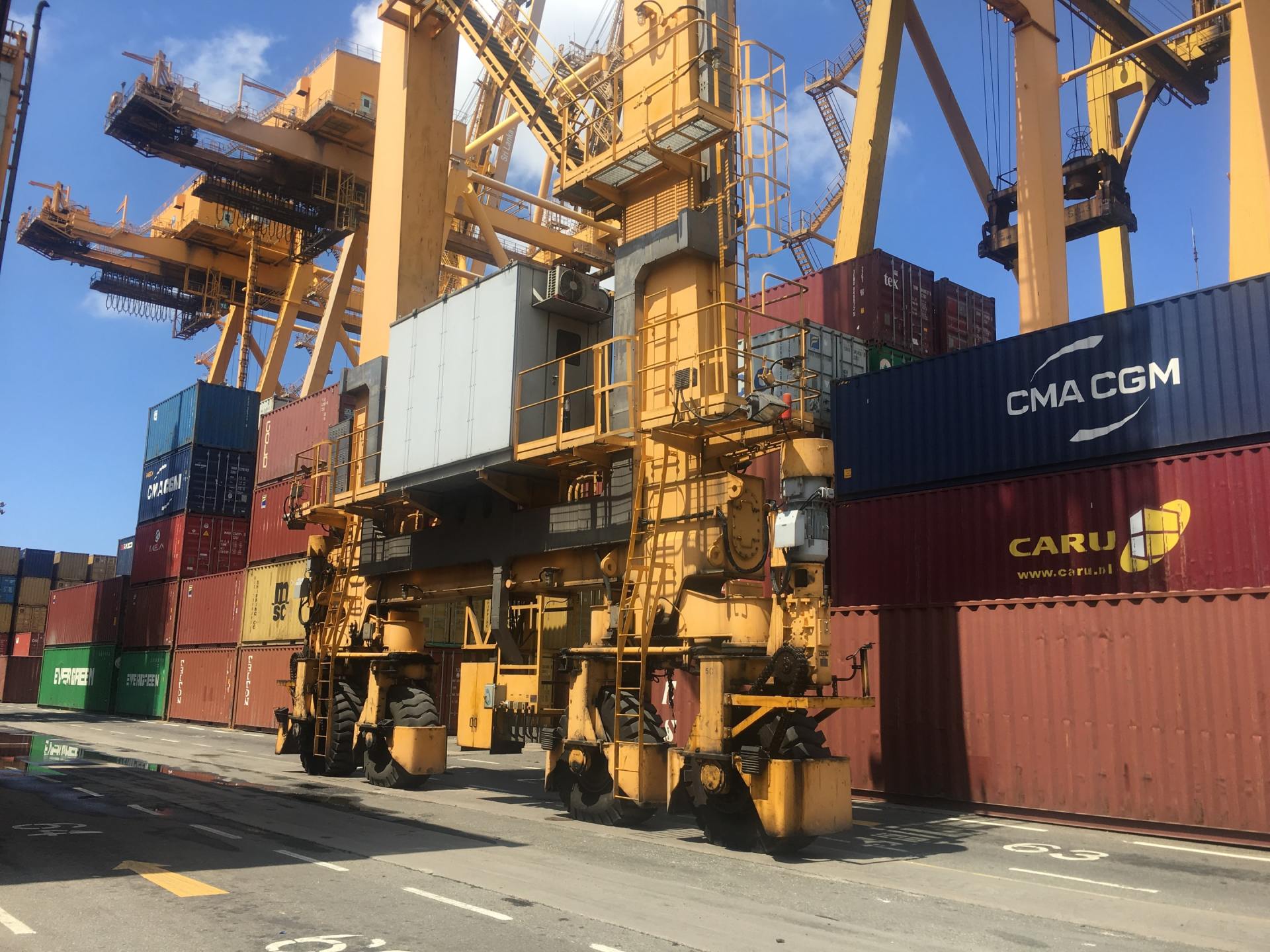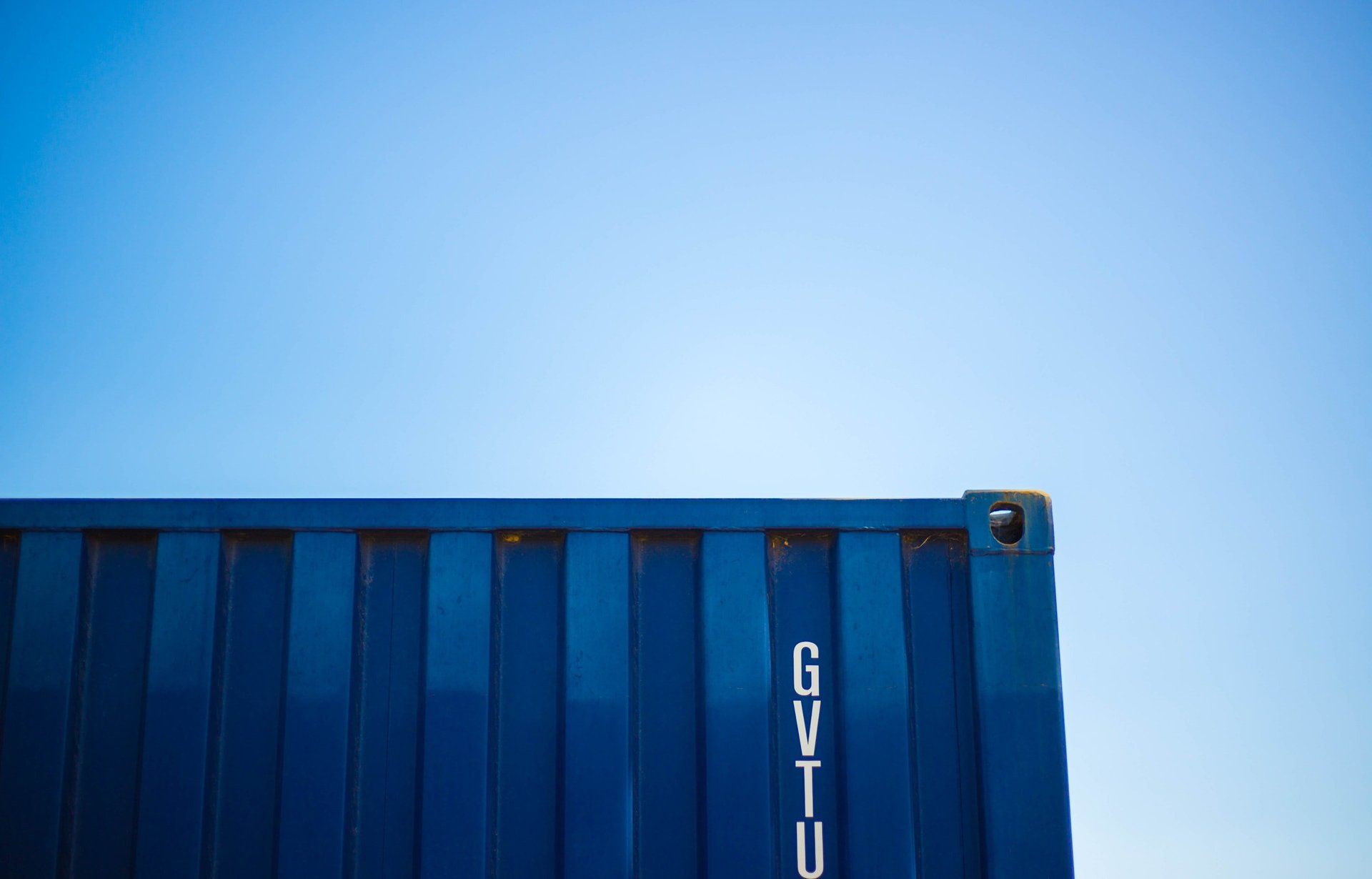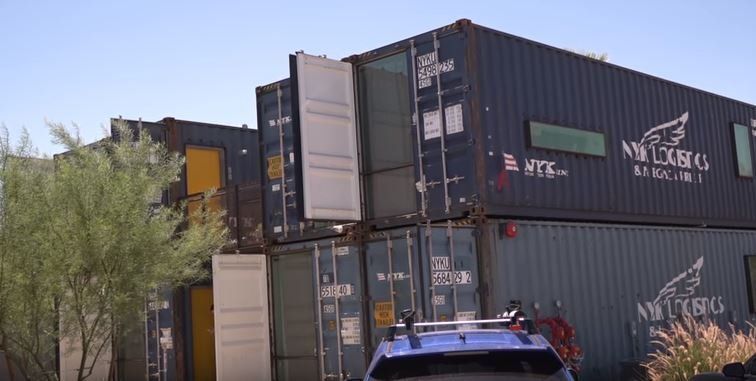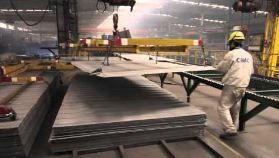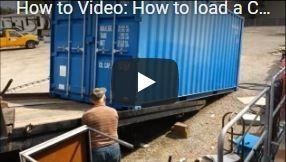WWT Container- Wind & Watertight Cargo Container Information
One of the most frustrating things about purchasing a cargo container is the fact that most brokers or container companies will not allow you to see the actual container you are purchasing.
Meaning that you, the consumer, has to rely on classes or a rating system to base your purchasing decision. Which to me, was always scary as a cargo container is a nice sized investment as they run a few thousand dollars.
The purpose of this blog is to provide you with some insight into what a wwt (wind & watertight) cargo container is.
The easiest definition is that it is a cargo container that is literally wind and watertight. Meaning that if you were to step inside of the container and close the doors you should not see any light peering through. If you purchase one of these containers you should expect it to have minor to medium rust spots and dents throughout. The door should operate just fine, but may not open without some resistance (a little WD-40 usually solves this issue).
These cargo containers have been retired from the steamship lines and are not guaranteed to have a solid understructure, which is why they are not seaworthy (meaning they cannot be stacked, so they are not safe to carry cargo on the open water).
With this said, if cosmetics are not an issue and the primary use of the cargo container are for storage, a wind & watertight (wwt) cargo container could be the perfect solution for you. They are usually less expensive than a cargo worthy or one trip container and will be perfect to store your good.
Summary:
Wind & Watertight Container Common uses:
Storage
Wind & Watertight Container Common sizes:
8x20, 8x40 and 8x45
What to expect with a Wind and Watertight Container:
Minor to medium rust spots, dents and dings around the box and no guarantee to the strength of the understructure. The doors should function, but may not be super smooth.
I created the summary below in case you are dealing with a company/broker that uses an A,B,C Grading system:

